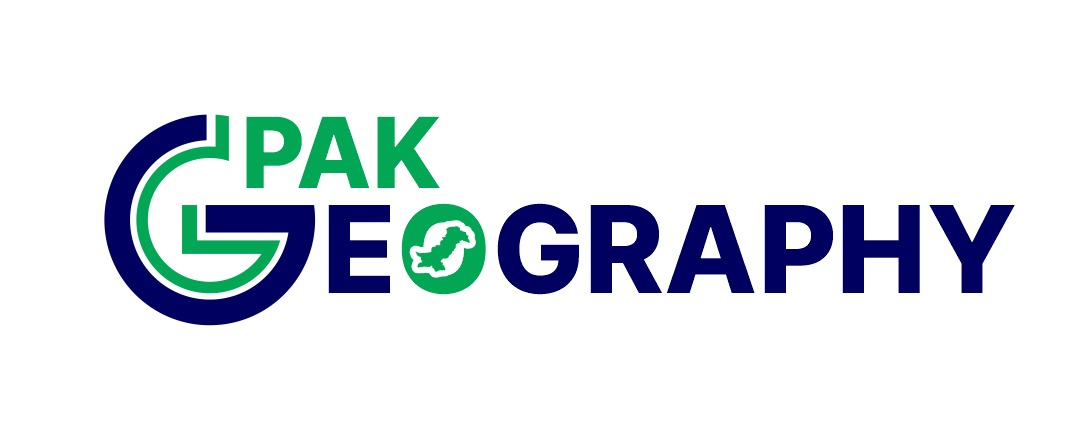Chak No. 001/T is a rural settlement situated in Tehsil Multan Saddar of Multan District, Punjab Province, Pakistan. As reported in the Pakistan Bureau of Statistics 2023 census, the village has a total population of 3,448 individuals, including 1,708 males and 1,740 females. Females constitute a narrow majority at 50.5 percent, while males represent 49.5 percent. The land area of Chak No. 001/T is 874 acres, resulting in a population density of about 3.94 persons per acre.
Excellent Literacy Rate in Chak No. 001/T
The literacy rate of the village stands at 68.1 percent for individuals aged 10 years and above, which is considerably higher than the Multan District average of 61.41 percent, showing a positive gap of 6.69 percentage points. Male literacy is 76.0 percent, surpassing the district male average (67.28 percent) by 8.72 points. Female literacy is 60.3 percent, also above the district female average (55.27 percent) by 5.03 points. This makes Chak No. 001/T a well-performing rural locality in terms of education.
Educational Attainment Breakdown
Primary but below Matric: 530 males and 440 females
Matric but below Degree: 241 males and 170 females
Degree and above: 29 males and 37 females
A notable feature is that the number of women with degree-level education (37) exceeds men (29), which is unusual in rural areas of Punjab and reflects encouraging educational participation among women.
Religious and Age Composition
Chak No. 1-T has Muslim Population totaling 3,442 residents, with only 6 belonging to other faiths. The literacy-eligible group aged 10 years and above is 2,553. The adult population (aged 18 years and above) stands at 1,868, while senior citizens aged 60 years and above number 213. This shows a balanced demographic structure, with a strong working-age population and a moderate elderly group.
Chak No. 001/T is thus distinguished by its literacy rate, which is significantly above district averages for both men and women. With women even slightly ahead of men in higher education, the village reflects steady progress in rural educational development.
Data Summary
| Parameter | Value | District Comparison |
|---|---|---|
| Population | 3,448 | – |
| Males | 1,708 (49.5%) | – |
| Females | 1,740 (50.5%) | – |
| Literacy Rate | 68.1% | 6.69% above district |
| Male Literacy | 76.0% | 8.72% above district |
| Female Literacy | 60.3% | 5.03% above district |
| Adult Population (18+) | 1,868 | – |
| Senior Citizens (60+) | 213 | – |
| Area | 874 Acres | – |
| Population Density | ≈ 3.94 persons/acre | – |
